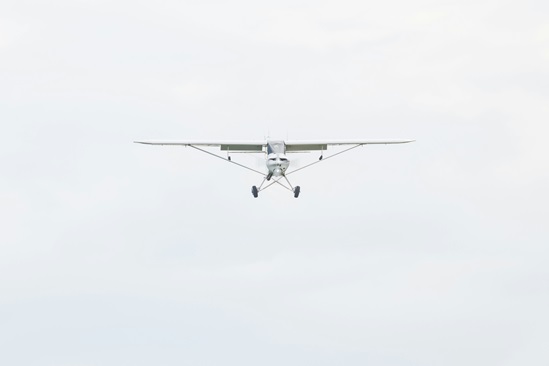AOPA objects to power lines that would affect McAllen Airport runway
AOPA requests alternative route links
AOPA is concerned that three segments of a proposed power line route in parts of Hidalgo and Cameron Counties, Texas, will pass adjacent to the McAllen Miller International Airport (MFE). AOPA research indicates a high possibility that the transmission line towers will penetrate the airport’s primary surface, transition surface and approach surface for Runway 31.
As such, AOPA is asking the Public Utility Commission of Texas (PUC) to acknowledge this concern and create alternative route links near the airport. “Of specific concern to AOPA are Route Links or Line Segments 102, 111 and 118a, due to the proposed height of the transmission line towers,” wrote John Collins, AOPA’s manager of airport policy. “These towers are 140 to 168 feet in height above ground level and if used in Segments 102, 111, and 118a will penetrate several Federal Aviation Administration (FAA) civil airport imaginary surfaces surrounding MFE, including the Horizontal Surface established at 150 feet above the airport elevation of 107 feet.”
In addition, the proposed transmission line towers in Segment 118a will penetrate the 7:1 Transitional Surface and the 50:1 Approach Surface depicted on the airport layout plan’s airspace drawing, dated August 2005.
“Since the FAA establishes imaginary surfaces to protect aircraft, penetrations of these surfaces may result in the FAA raising weather minimums and approach path angles on the approaches to Runway 31 decreasing the utility and viability of the airport,” wrote Collins. “It is up to local jurisdictions such as the PUC to regulate the height of objects around airports to conform to the FAA standards, as the FAA does not have the jurisdiction on the ground.”
In order to avoid having the FAA take punitive action against the airport, AOPA suggests that using alternative segments would be a better way to keep the flying public and the citizens on the ground safe during normal airport operations. The FAA will still have to conduct an obstruction evaluation on proposed transmission line towers once the final route of the line has been determined.


